Assessment
We begin with a detailed intake, mapping your pain patterns and movement challenges with both conversation and measured tests. This step uncovers subtleties often missed in standard care.
Are you searching for expert post-surgery rehabilitation in Crawley? Our team delivers personalised, hands-on treatment that eases pain, restores movement, and rebuilds your confidence—right from your first appointment.

Struggling with pain after surgery isn’t just frustrating—it seeps into every moment, making simple movements feel daunting or even defeating. The sense of lost independence can be overwhelming, as you wonder whether things will ever get back to normal.
At our clinic, rehabilitation bridges the gap between short-term relief and reclaiming full, pain-free movement. It’s not just about exercises; it’s about unlocking stuck patterns, retraining muscles, and restoring joint and nerve function for true resilience. Every hands-on session, every targeted progression, is grounded in proven clinical insight—so discomfort doesn’t keep you on the sidelines.
We focus on the essentials: manual therapy, movement re-education, and biomechanical correction. Whether it’s helping you regain strength post-surgery, releasing scar tension, or tailoring breathwork to support tissue repair, our approach is always practical, adaptable, and relatable. Clinical outcomes aren’t just about numbers—they’re about helping you lift your child, walk freely, and enjoy everyday moments again.
What you’ll find here is care anchored in compassion and individual progress—not a one-size-fits-all protocol, but a guided journey from pain to possibility.
Finding your way through recovery means more than one treatment path. We offer six core services, each designed to address a distinct aspect of pain relief, function, and resilience.
Don’t let sports injuries hold you back. Get expert Structural Osteopathy in Crawley for tailored recovery, improved mobility, and injury prevention. Book now to achieve peak performance and pain-free movement!
Every person brings a unique story to the clinic. We believe your care plan should reflect your goals, your lifestyle, and your experience—not just your diagnosis.
Personalized plans start with in-depth assessments: we consider your daily environment, activity level, age, goals, and recovery timeline. We co-create solutions, so your input drives every phase. Whether you seek to return to sport, regain comfort after childbirth, build confidence in older age, or move past long-standing pain, the process feels meaningful and achievable because it is built around you.
Specialized sub-services—such as sports injury rehabilitation, neurological physiotherapy, postnatal recovery, or chronic pain management—are presented with clear summaries to guide you toward your best fit. This is where expertise meets empathy, and where every decision supports autonomy as much as outcome.
No two people recover the same way, so our clinicians use a broad mix of clinically proven methods. The process begins with understanding what your body needs on that specific day, adapting real-time to ensure effectiveness and comfort.
Every session draws from a combination of manual therapy (to unlock joint motion and relax tense tissue), exercise-based retraining (to hardwire better patterns and strength), and specialist interventions (such as dry needling or water-based therapy for unique conditions).
Hydrotherapy, when suitable, uses water as resistance and support—a low-impact setting to promote flexibility and circulation during early or sensitive recovery stages. Preventative and lifestyle strategies—ergonomics, breathing, home mobility routines—build into your daily life to sustain results.
Combining techniques means no single strategy does all the work; instead, complementary methods address every phase of movement restoration, pain relief, and functional gain. You have the option to explore deeper insights on our techniques page, with accessible explanations for each approach.
Progress comes from choosing the right techniques at the right moments, guided by a process that respects your individuality.
Whether your journey follows joint replacement, tendon repair, spinal fusion, or another surgical path, our therapies adapt for optimal support. Treatment addresses musculoskeletal disorders, nerve issues, poor coordination, chronic or acute pain, and complications unique to post-surgical healing.
Our integrative approach ensures you are never left chasing symptoms—each pathway is targeted to your condition. Linked categories on this page help you explore solutions to issues like persistent pain, weakness, balance difficulties, unexplained swelling, or loss of movement.
By mapping out recovery for common post-surgery challenges—ACL repairs, spinal operations, rotator cuff surgery, hip or knee replacements, and nerve releases—we help you pick a path that is both scientifically sound and tailored to your real-life experience.

You can access our services via NHS referral from your GP or consultant, or directly through private health insurance with providers including BUPA, AXA, AVIVA, Vitality, WPA, and Cigna. Options offer clarity, so you get the help you need, the way that suits you best.



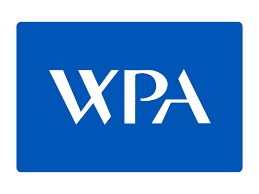
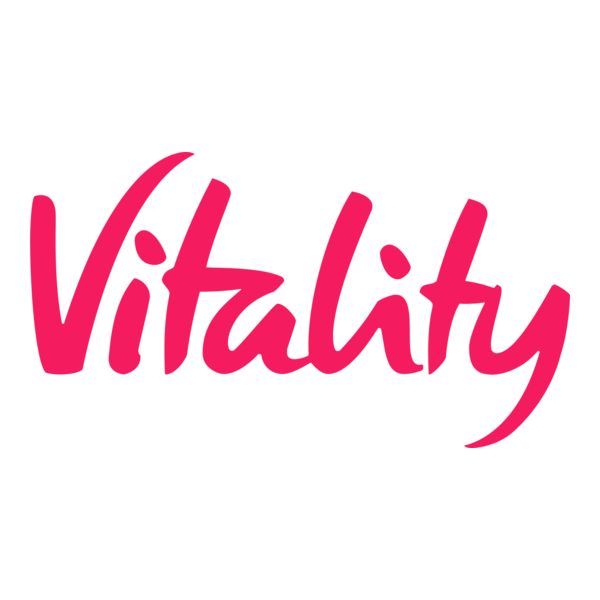
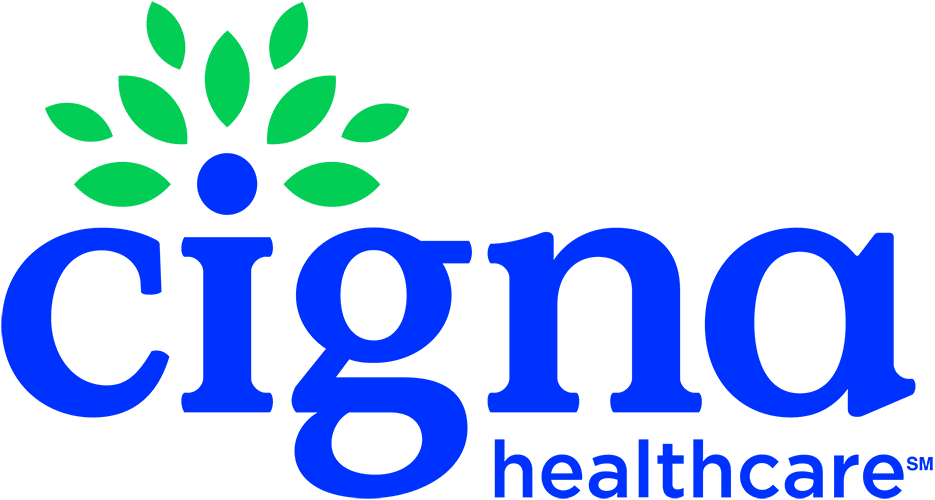
Our treatments support recovery from a wide spectrum of challenges. If you struggle with ongoing pain, limited motion, stiff joints, muscle weakness, unusual sensations, poor posture, headaches, TMJ issues, dizziness, fatigue, or sports limitations—there is a path forward, and help is available.
Choosing the right therapy transforms both short-term comfort and lasting wellbeing. Key benefits of our care include:
When benefits like these combine, healing is no longer random or fleeting—it becomes structured, empowering, and self-sustaining.
Current clinical evidence, including NICE guidelines, underpins our approach: integrated, multidisciplinary care improves long-term function and satisfaction following most orthopaedic procedures.
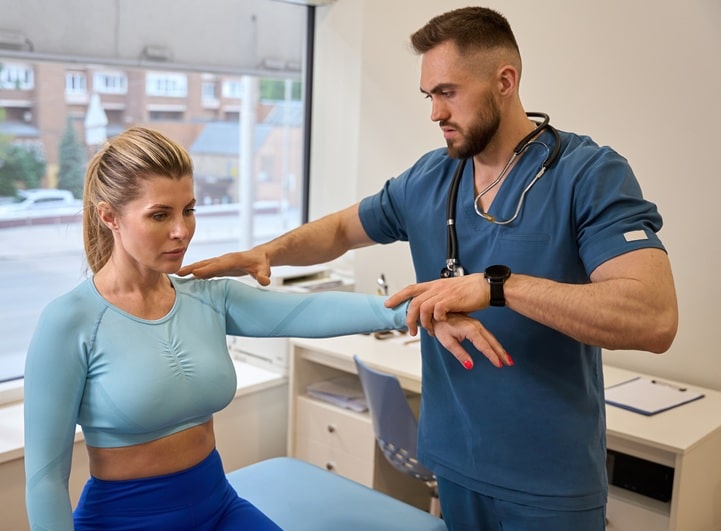
Discover expert physiotherapy services tailored to your unique needs. From pain relief to improved mobility, our dedicated team is here to help.
Care at Crawley Physio Clinic is measured, methodical, and deeply individualized.
Our process starts with a search for root causes, using movement screens, posture analysis, and diagnostic tests to reveal what truly drives your symptoms.
Plans are built from evidence-based modules—manual therapy, exercises, education, ergonomics—sequenced, adapted, and progressed according to your real results.
Clear milestones and regular reviews mean you never lose sight of your goals. Together, we check progress and pivot strategies as needed.
Planning doesn’t end when symptoms improve; strategies for prevention and sustainable improvement are always built into your next steps.
We don’t chase pain; we restore movement for good. Our strategy aims to reduce relapse, build true resilience, and empower your independence.

Ask yourself:
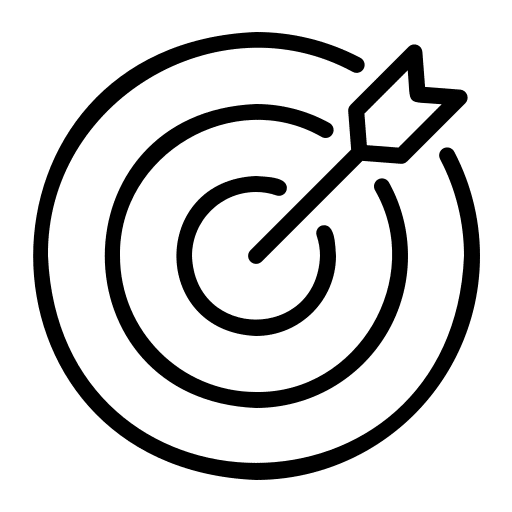
Are symptoms lingering or returning, even after rest or previous therapy?
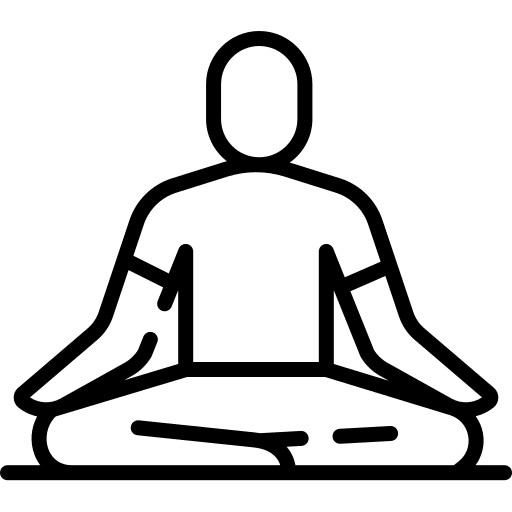
Is mobility still restricted, limiting daily living, sports, or work?
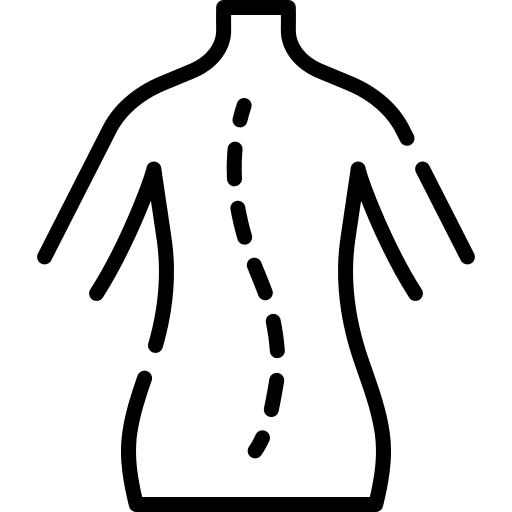
Do you want results that start with your story—not just a protocol?
People trust us for a reason:
Our dual-qualified clinicians blend knowledge and empathy for unmatched results.
All interventions are selected from the latest research and national guidelines.
Every recovery journey is custom-fit; you’ll never feel “rushed through.”
Patients return—and refer family—because our results don’t fade.
Our expert physiotherapists are here to help you relieve pain, restore mobility, and achieve your wellness goals. Start your journey with us today!



Richard is very good at what he does, he is approachable, warm hearted and a good all round osteopath." "I went to see him as a referred patient to reduce the pain whilst I was pregnant. he has enabled my body to adjust to pregnancy and also to be pain free, which is a great relief.
Nick has seen lots of Chiropractors and Osteopaths in the past and says “Richard offered a better service, he not only helped with the head aches and back pain but also gave great advice and exercises for the long term making sure that I am continually getting better.” “Richard is a wonderful chap, I went to see him for pain with headaches and lower back due to hips being out of alignment, making my shoulders drop leading to headaches, Richard helped with this. Overtime the headaches re...
Initially went in for a rib injury, but had a riding accident some years ago which ended up having a crushed vertebrae leading to hideous headaches. "Richard has given me back my life as the headaches are gone with the treatments received." "I go for a treatment and they are gone - this has enabled me to get on with work and day to day life, the clinic is relaxed and has a friendly atmosphere." "Richard has made an amazing difference he is excellent and I cannot put into words apart from that...
From the first appointment onward, comfort is our foundation. Every detail, from lighting to scheduling to the personal pace of care, is tailored for ease.
In every interaction, your input guides our hands. We adapt each session to fluctuating needs and build trust by being transparent about every decision and method.
We know healing isn’t just about physical shifts, but also emotional safety and trust. Effective care is possible only when you feel secure—heard, respected, and never rushed or dismissed.
Our expertise flexes to meet both personal and professional goals.
We ensure accessible, reliable results for every context—from solo journeys to company-wide wellness.
If you see yourself in any of these categories, you’re in the right place.
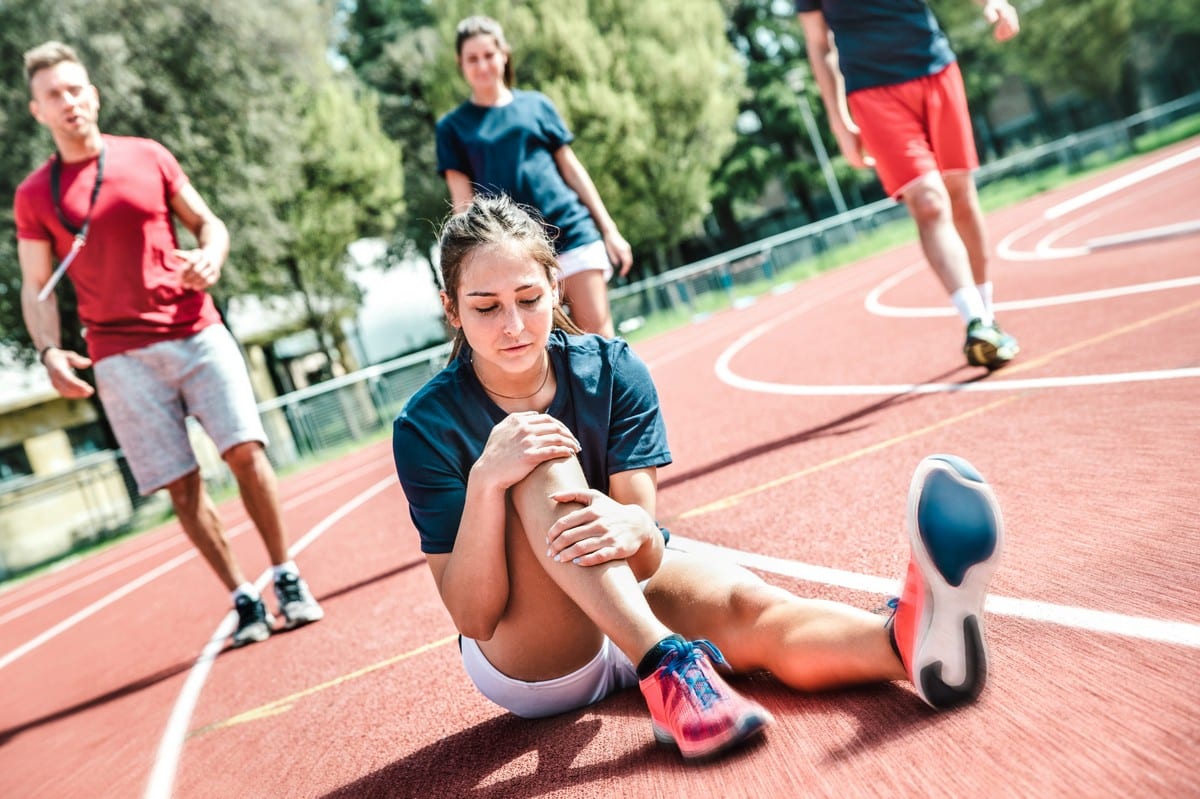
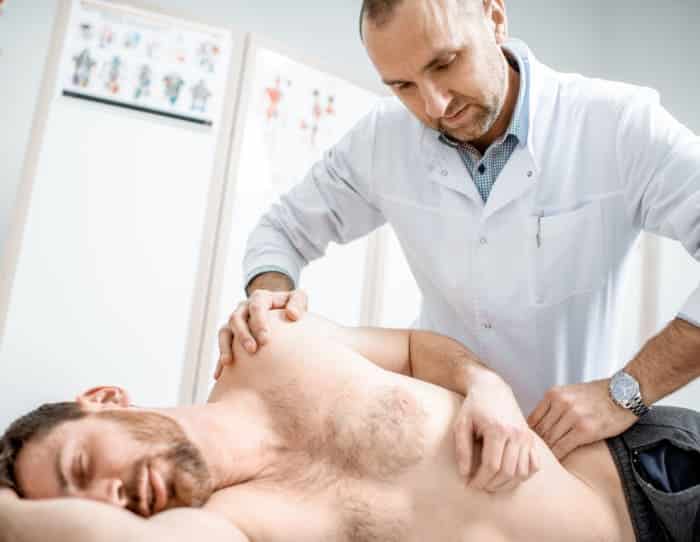
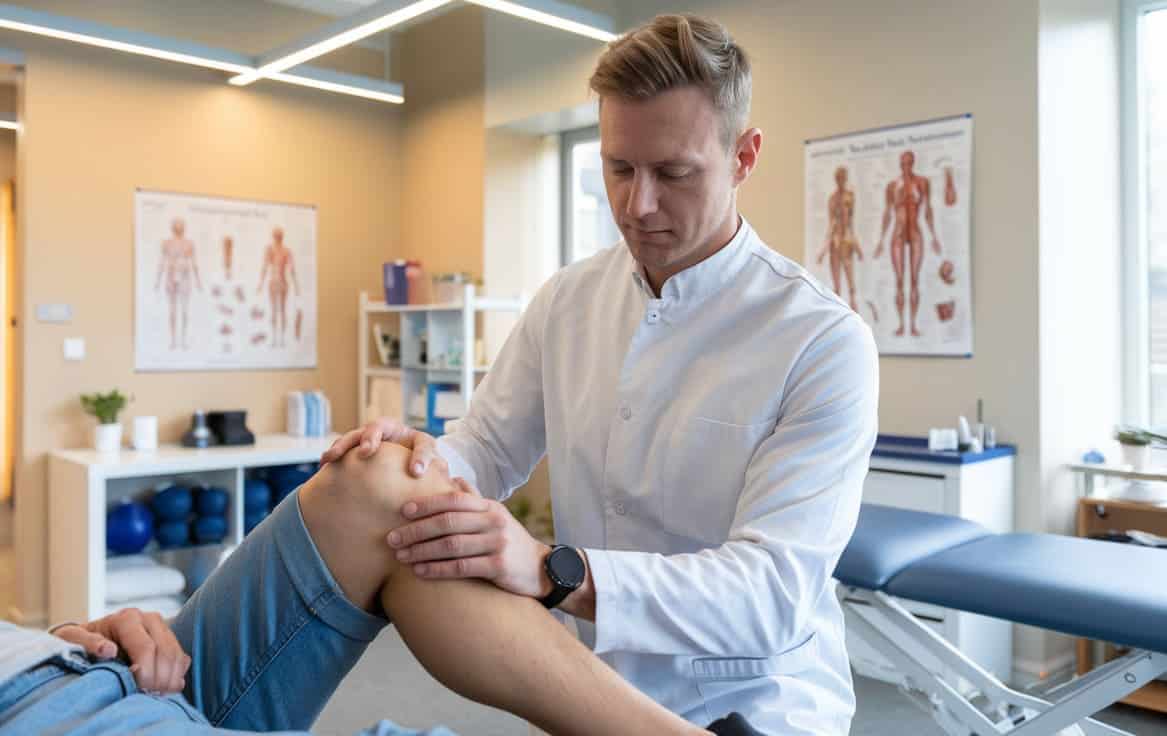

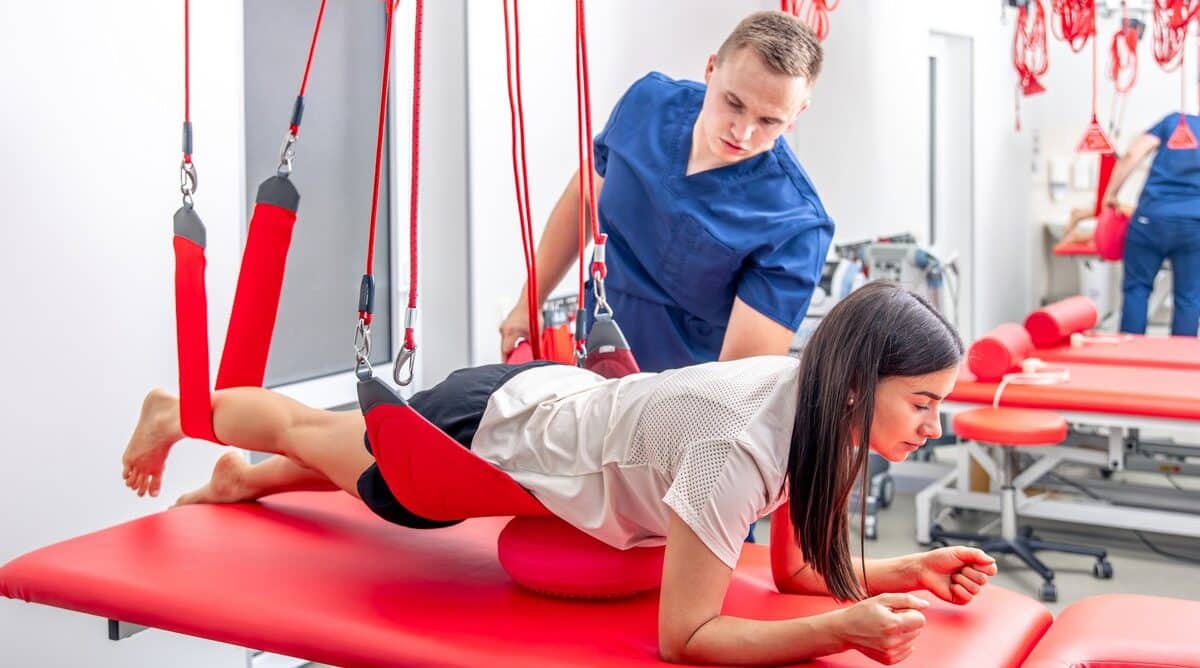
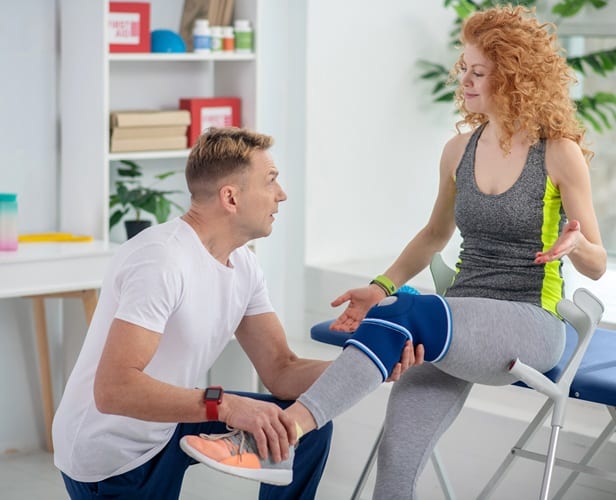
At Crawley Physio Clinic, your care is led by two experienced clinicians: Richard Skudder and Csaba Torok. Together, they bring a thoughtful, evidence-based approach to physiotherapy and osteopathy, grounded in years of clinical practice across private and NHS settings.
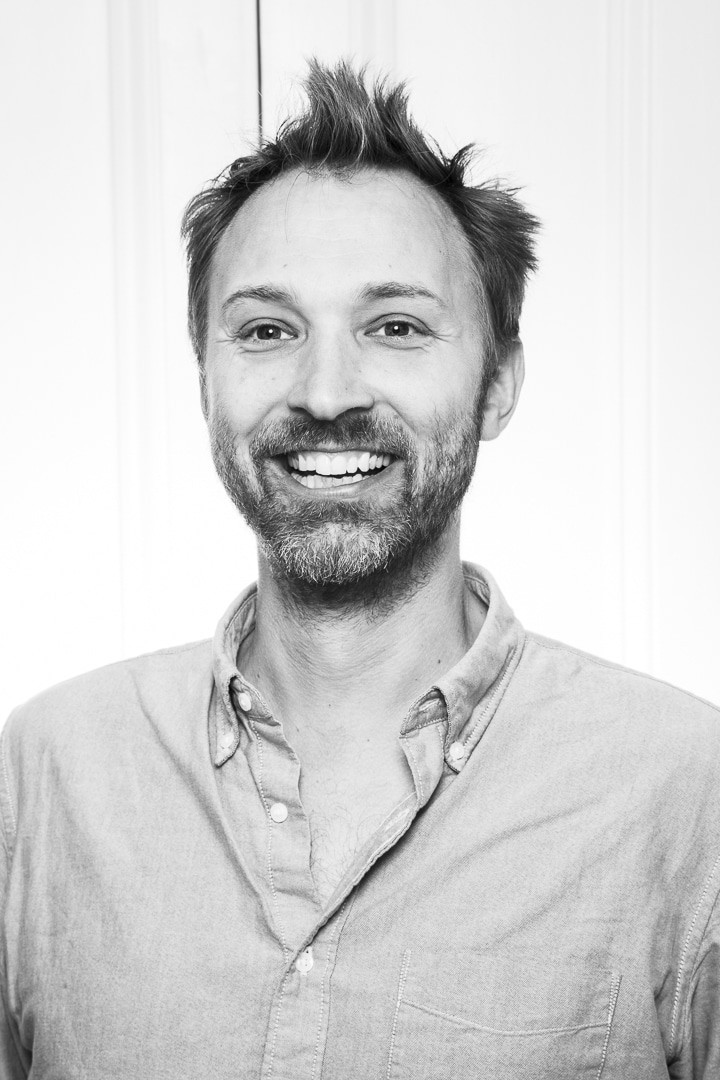
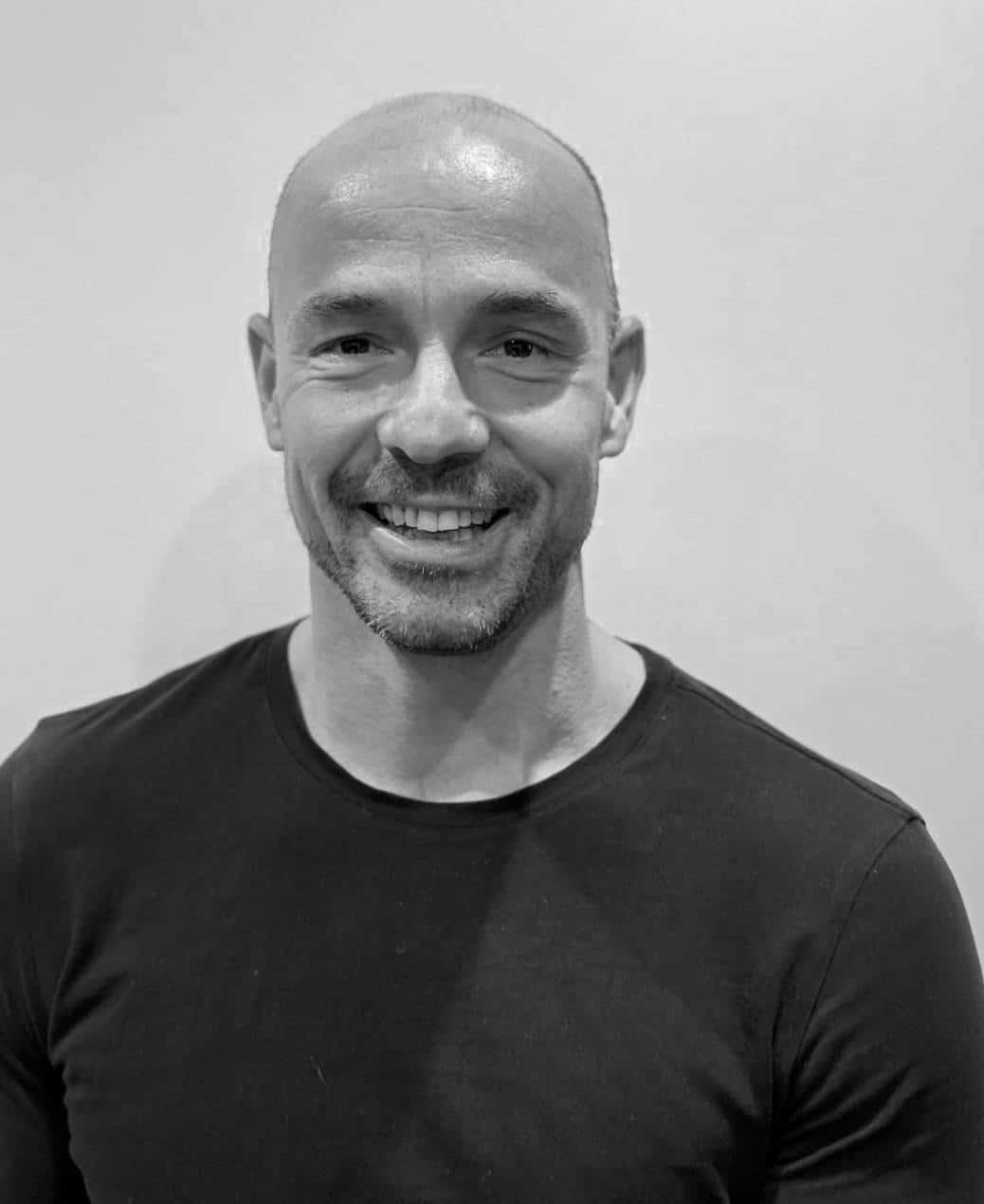
The path to recovery is never left to chance—our four-step process is proven to deliver real results.
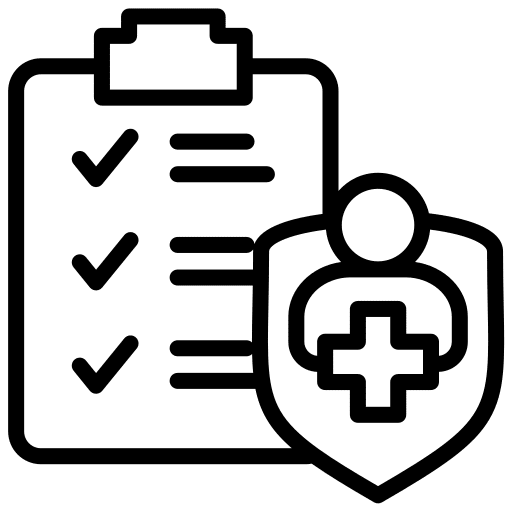
We begin with a detailed intake, mapping your pain patterns and movement challenges with both conversation and measured tests. This step uncovers subtleties often missed in standard care.

Multiple tools are used: functional screens, flexibility and force testing, balance checks, and postural analysis all inform the next steps.

We integrate findings from your assessment with physical examination and medical history. Diagnostics are evidence-based, and “red-flag” conditions are always ruled out first.

Your care plan respects your story, lifestyle, abilities, and goals. Each session is modulated for intensity and focus, combining manual therapy, guided exercise, and movement retraining as needed.
Here’s why our patients choose—and stay with—Crawley Physio Clinic:

Our standards go beyond good intentions; they are lived in every action.
Our team is committed to ongoing education and review. Protocols are kept current, and every detail of your care is documented to the highest standard.
These are not empty promises—they are delivered with every patient, every visit.

From your first appointment, you have our guarantee of full safety, confidentiality, and respect.
Every care pathway is delivered in a private setting, with verbal and written consent. Treatment rooms are cleaned to exceed NHS hygiene standards. Your data is protected by the latest protocols, never shared without your permission.

We audit ourselves regularly, inviting external review—because patient safety is our foundation.
Your information remains confidential, your questions are welcomed, and your preferences are honored throughout treatment. Every aspect of the experience—from environment to communication—is designed to ensure peace of mind.
Healing means more than physical progress; it’s about feeling respected and secure every step of the way. That’s the trust you can expect from Crawley Physio Clinic.
Book your assessment today and take the first step toward pain-free movement, expert guidance, and a personalised plan designed around your goals.
For every concern that looms after surgery, genuine answers await. This section is here to provide direct clarity, not just routine reassurance.
After a rehabilitation session, sensations vary depending on the type and intensity of therapy—but the body’s feedback is your truest guide. Most people report an immediate sense of relief in previously tense or restricted areas. This often feels like warmth, improved flexibility, or the lightness that follows releasing a deeply held breath. Such changes reflect increased circulation and reduced neural tension.
Relief might start as subtle warmth or a new lightness—the first sign of your body reclaiming movement.
Muscles freshly awakened can introduce mild soreness, similar to post-exercise fatigue. This soreness signals that dormant pathways are beginning to reactivate, forming the muscular and neurological foundation for new patterns. The discomfort is transient, typically easing within one or two days. If you experience sharper pain or symptoms that linger, this is a message to slow progression or discuss with your clinician.
One of the most promising indicators is change—however small—in posture or mobility. Even a few degrees of increased range or a correction in gait suggests therapy is unlocking restriction. Some clients note more freedom with everyday movements almost immediately, especially after manual interventions focused on joint mobility or fascial release.
Rehabilitation is both physical and neurological. You might feel “heavy” or unusually tired, particularly after focused muscle activation or movement retraining. This fatigue is a temporary trade: your nervous system is adapting, and with rest, your baseline energy grows stronger.
While post-session soreness and subtle aches are normal, you should never experience escalating pain, swelling, numbness, or persistent weakness. These warning signs may indicate tissue irritation or overexertion, and should prompt timely communication with your clinician, ensuring adaptation rather than aggravation.
Manual therapy optimizes the transition from surgical intervention to functional independence by addressing patterns that surgery alone cannot correct. When pain or structural change lingers, the tissues around the surgical site frequently become protected—leading to tightness, imbalances, or abnormal motion.
Manual interventions like scar mobilization and cross-fiber friction break up sticky points, helping adjacent tissues glide more freely. Restoring this mobility allows movement to return, often making subsequent exercises more effective.
When you protect one area, the body compensates. Manual therapy realigns joint loading and muscle activation—allowing balanced tension, healthy gait, and ease of movement. Therapists use techniques ranging from gentle stretching to guided joint manipulation, always tailored to the phase of healing.
Hands-on work does more than release tension—it influences neural circuits responsible for pain perception. Gentle pressure, rhythmic mobilizations, and tactile feedback prime the brain to reassess “threat signals.” This can turn the volume down on persistent pain, fostering resilience.
Active rehab only succeeds when underlying movement capacity is restored. Manual therapy prepares the body for meaningful strengthening, creating a baseline from which true improvement becomes possible.
Safe home progression depends on balancing challenge without overwhelming healing tissues. Progress is crafted through intentional, responsive adjustments—never driven by arbitrary milestones or schedules.
Initial rehab emphasizes controlled, pain-free motion over intensity. Quality—smoothness of movement, alignment, and symmetry—takes precedence over repetitions. Progressing to more demanding drills only comes when previous steps feel stable and natural.
Begin with bodyweight or low-resistance exercises, ensuring movement remains smooth and coordinated. Progress with light resistance bands, small free weights, or added complexity (like balance or proprioception drills) as recovery and confidence improve. Always allow one or two rest days between increases to assess tissue response.
Mirrors, video apps, or feedback from a support person help to maintain proper form and highlight subtle compensations. Trust your body’s signals—if swelling, lasting pain, or pronounced fatigue appear, scale back and discuss adjustments with your therapist.
Intersperse sessions of strengthening, stretching, and cardiovascular activity. This balance limits localized fatigue and maintains engagement. Track small wins—climbing stairs with ease, standing longer without pain—to keep motivation alive and measure real progress.
Safe home progression depends on balancing challenge without overwhelming healing tissues. Progress is crafted through intentional, responsive adjustments—never driven by arbitrary milestones or schedules.
Initial rehab emphasizes controlled, pain-free motion over intensity. Quality—smoothness of movement, alignment, and symmetry—takes precedence over repetitions. Progressing to more demanding drills only comes when previous steps feel stable and natural.
Begin with bodyweight or low-resistance exercises, ensuring movement remains smooth and coordinated. Progress with light resistance bands, small free weights, or added complexity (like balance or proprioception drills) as recovery and confidence improve. Always allow one or two rest days between increases to assess tissue response.
Mirrors, video apps, or feedback from a support person help to maintain proper form and highlight subtle compensations. Trust your body’s signals—if swelling, lasting pain, or pronounced fatigue appear, scale back and discuss adjustments with your therapist.
Intersperse sessions of strengthening, stretching, and cardiovascular activity. This balance limits localized fatigue and maintains engagement. Track small wins—climbing stairs with ease, standing longer without pain—to keep motivation alive and measure real progress.


Take the next step toward pain-free movement—our team answers questions and tailors your care journey. Booking is simple: call, message, or use our online system to arrange your assessment.